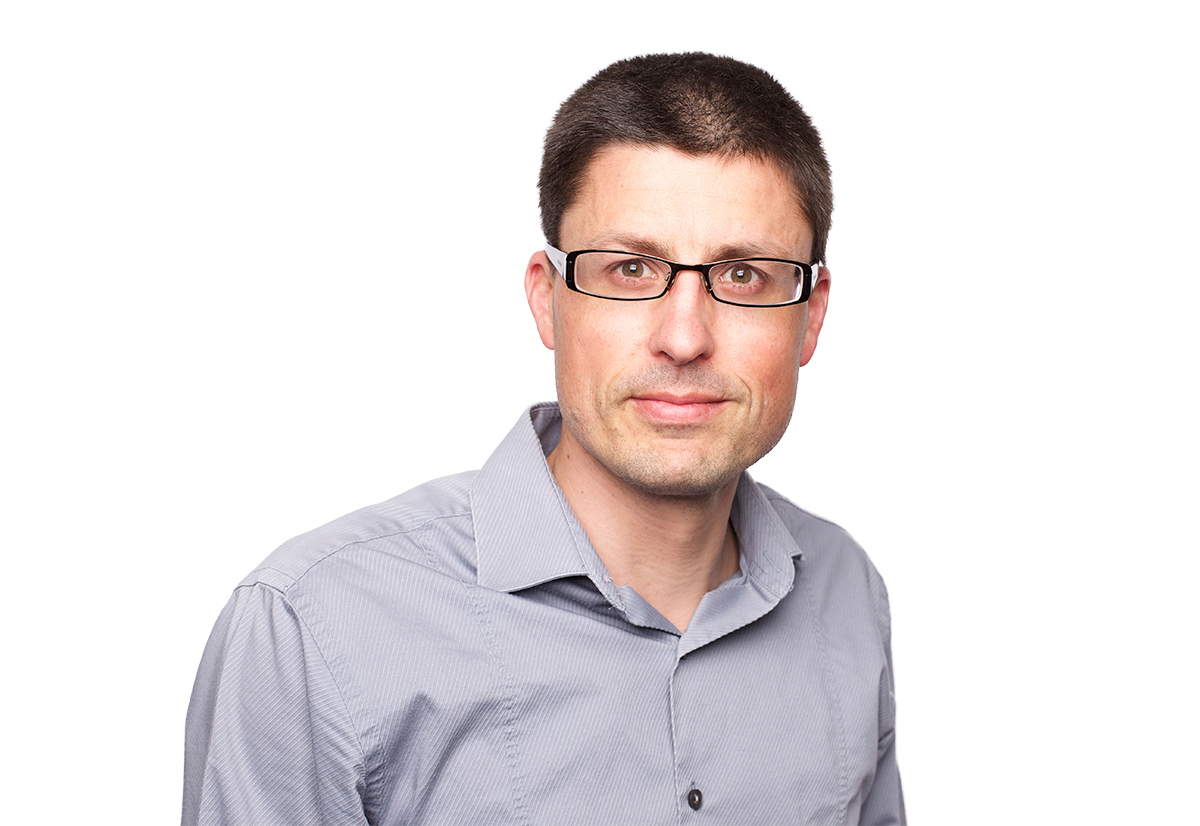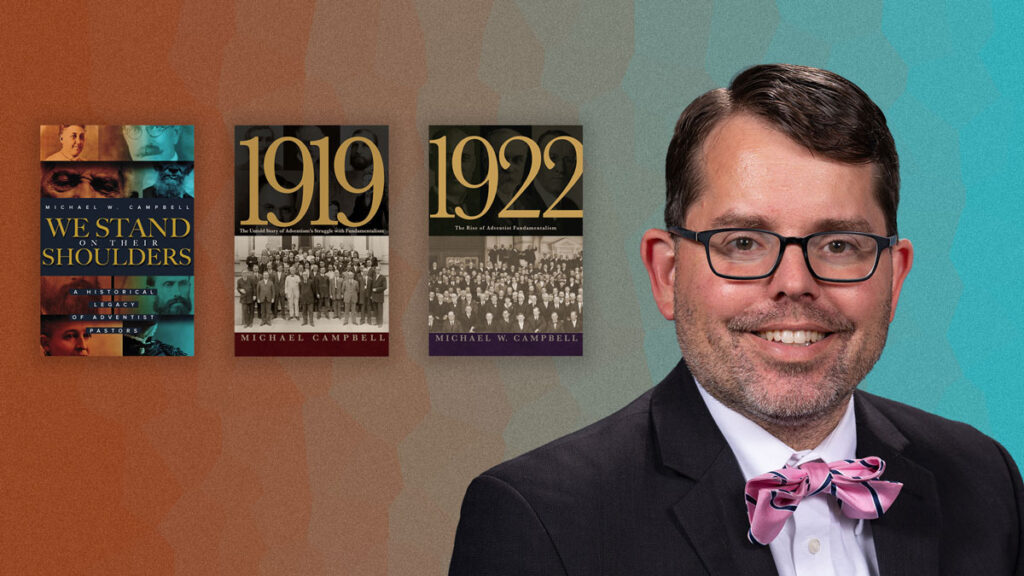Teachers demonstrating best practice reflect principles espoused by a pioneering Seventh-day Adventist more than a century ago, a paper by two Avondale academics shows.
Dr Peter Kilgour and Beverly Christian identify seven of the “most significant” new pedagogical concepts and compare them to what Ellen White, who founded Avondale College of Higher Education in 1897, wrote to parents, teachers and students.
The “most inspired, important and influential advisor to Adventist education in the 19th century” wrote at a “tumultuous time in American history”—the gold rush, the Civil War, the abolition of slavery. Comparing advice from this era to best practice in the 21st century is “an unlikely endeavour,” write Kilgour and Christian in the most recent issue of the TEACH Journal of Education. So, the academics—he is Director of the Christian Education Research Centre and she Head of the Discipline of Education—analyse the purpose and the underlying principles of White’s advice.
Neuroplasticity and implications for learning
They begin their comparison with reference to neuroplasticity. The thinking at the time and place White wrote? Intelligence is fixed because of our genetics. This supported “racist categorisation and differentiation of opportunity”. The thinking now is of an expanding brain and improved learning capacity independent of genetics. In the book Education (1903), White not only refers to the brain’s capacity to “expand and strengthen” but gives examples of extrinsic and intrinsic factors that may cause this to happen. “Instead of confining their study to that which men have said, or written, let the students be directed to the sources of truth, to the vast fields opened for research in nature and revelation, let them contemplate the great facts of duty and destiny and the mind will expand and strengthen” (p. 17).
“Neuroplasticity is an important concept for educators to understand as it is the premise on which current approaches to education are built,” write Kilgour and Christian. It is also “foundational to White’s understanding of education”.
Differentiation and its impact on realising potential
Linked closely to the evidence neuroscience offers for neuroplasticity is differentiation, the practice of recognising learning occurs in different ways, at different times, for different students. Educators did not acknowledge the concept in the 19th century but gradually shifted towards it in the 20th century. It is now accepted, with the New South Wales Department of Education and Communities releasing a document in 2015 outlining the process of differentiating not only content but also product and learning environment.
White recognised the uniqueness of each student, write Kilgour and Christian. “She argued, ‘Every human being, created in the image of God, is endowed with a power akin to that of the Creator—individuality, power to think and to do’” (Education, p. 17).
Wholistic education for wellbeing
An emphasis on nurturing wholism and wellbeing follows. Kilgour and Christian note the increasing recognition of positive psychology as pioneered by Martin Seligman. They list his components of a well-balanced life: experiencing positive emotions; engaging in activities or connecting through relationships with others; having a purpose or meaning in life, and; having goals and ambitions. “Of significance is Seligman’s proposition that living a meaningful life, or knowing one’s strengths and using them in service to others, is the factor that contributes to satisfaction” and that “the other elements of wellbeing will be stunted without the inclusion of a service component in the curriculum”.
More than a century earlier, White also wrote about wholism. Education “is the harmonious development of the physical, the mental, and the spiritual power” (Education, p. 17). It should also develop what we now call wellbeing. “True education does not ignore the value of scientific knowledge or literary acquirements; but above information it values power; above power, goodness; above intellectual acquirements, character” (p. 225).
The concept of positive psychology in the context of the Word of God appears in many of White’s books, journal papers and letters. Kilgour and Christian found examples of experiencing positive emotions in Thoughts from the Mount of Blessing (p. 97) and connecting through relationships with and serving others in Letter 115 (June 6, 1903).
Kilgour and Christian note the consistency of the components of a well-balanced life identified by Seligman with those identified by White, even though White wrote at a time when educators did not discuss or study student wellbeing and in the language style of her era.
Metacognition
Teachers demonstrating best practice now facilitate higher-order thinking, which requires students to construct, design, create, develop, argue or hypothesise. The shift away from rote memorisation began more than 50 years after White advocated for the teaching of thinking about thinking. “It is the work of true education to develop this power, to train the youth to be thinkers, and not mere reflectors of other men’s thought” (Education, p. 17). Recognising the importance of developing metacognitive skills to reach full potential placed White “out of step with educational practice at that time,” write Kilgour and Christian.
Education for employability
Manifestos such as the Melbourne Declaration for Educational Goals for Young Australians articulated by the Ministerial Council on Education, Employment, Training and Youth Affairs in 2008 are leading to innovations in education that align learning and employment. One of these innovations: STEM, a learning experience integrating science, technology, engineering and mathematics where students, usually in teams, use multi-disciplinary skills and knowledge to solve problems or create technology-based applications.
White, who lived in a largely agrarian society, wrote about students learning agriculture to prepare them for employment beyond school. If we apply the idea conceptually rather than literally, she is referring to kinesthetic, employment-related tasks, note Kilgour and Christian. Her advice: educators should include these additions to the curriculum “over and above ‘scientific knowledge or literary acquirements’” (Education, p. 225). In Counsels to Parents, Teachers and Students Regarding Christian Education (1913), White writes: “Useful manual labor is a part of the gospel plan. The Great Teacher, enshrouded in the pillar of cloud, gave directions to Israel that every youth should be taught some line of useful employment . . . so that, should adverse circumstances arise, they would not be dependent upon others.”
If White promoted providing students with the best professional skills today, “she might recommend the inclusion of computer coding rather than book binding in the curriculum,” write Kilgour and Christian. Rather than “denouncing the emphasis on integrated and project or problem-based learning,” the academics say it is possible White would “applaud these efforts to develop both the skills and character required for employment in the 21st century”.
Visible learning and heutagogy
The seventh of the“most significant” new pedagogical concepts? Self-determined learning. Rather than creating independence and placing responsibility for learning on the student, educators at the time and place White wrote emphasised teacher-centred whole of class learning. So, White’s warning in Education (p. 232) about the risk of untapped potential is visionary. “Many apparently unpromising youth are richly endowed with talents that are put to no use. Their faculties lie hidden because of a lack of discernment on the part of their educators. . . . The true educator, keeping in view what his pupils may become, will recognise the value of the material upon which he is working.”
It may have taken more than a century, write Kilgour and Christian, “but if educators today follow some of the current theories of effective teaching and learning, they are also aligning with what some people have labelled ‘Ellen White’s blueprint for Christian education.’”






